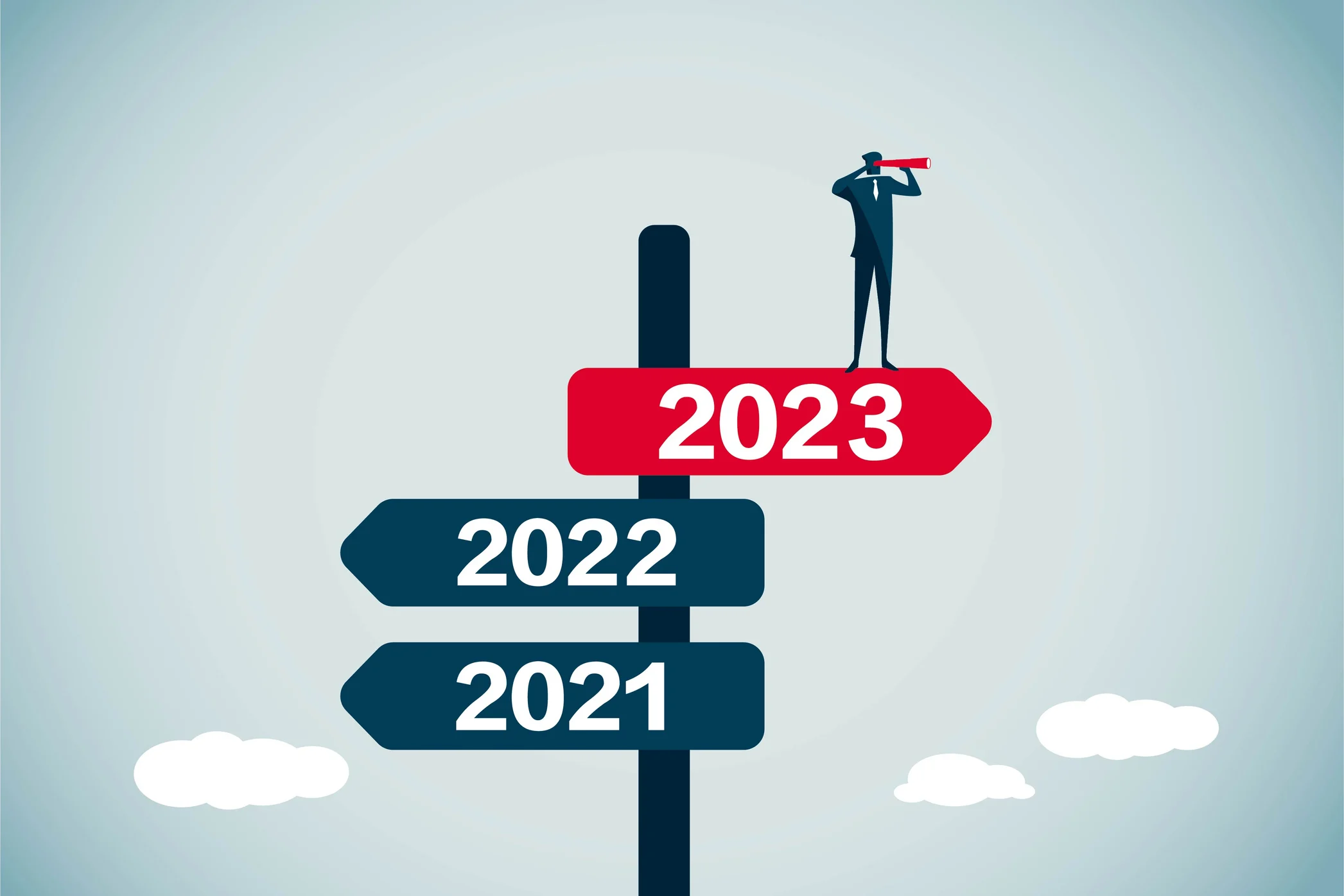Digital Marketing Automations to Streamline Service Delivery (Like a Pro)
Nobody explains how much stuff piles up behind the scenes when you’re building a digital marketing agency—or running one, or freelancing, or just trying to keep promises to your own clients. Meetings stack, emails multiply, tasks drop through the cracks, and delivery always feels a step behind. Whether you’re one person with a Stripe login, or a full-blown team spread across different countries, it’s way too easy for marketing tasks to eat your focus and bleed energy.
I’ve wasted plenty of time chasing after follow-up emails, rebuilding workflows that should have run themselves, and cleaning up abandoned cart messes for clients who thought automation was just a fancy word. A couple of years ago, something shifted for me. I started treating automation like a safety net—not because I wanted to work less, but because I wanted to serve better. If that sounds too idealistic, hang with me. Doing less busywork ends up meaning more clear-headed thinking, deeper creative work, and space for actual relationships—not just “connections.”
There’s a difference between stacking more automation tools and actually using marketing automation to bridge the gap between marketing and sales, deliver on time, and make sure clients are wowed from the first welcome email through every campaign. Here’s how that looks, stripped of hype and fluff.
Automation Isn’t a Magic Wand, But It Does the Heavy Lifting
I still meet marketers who treat automation like an all-or-nothing thing. Either they want to automate everything (and wind up with a broken, impersonal funnel), or they avoid it entirely out of fear of losing the “human touch.” Reality is somewhere in between. Good automation just takes the repetitive tasks you’d rather not think about—then quietly makes you look organized and consistent.
Take email marketing. If you’ve ever drafted the same welcome email fifty times, or heard your sales team groan about chasing cold leads, you know the pain of skipping automation. Email automation tools like Mailchimp, ConvertKit, or the heavier stuff from Salesforce or HubSpot, make it easy to set up sequences: onboarding emails, check-ins, reminders, download confirmations when someone grabs your ebook, and follow-up email chains that keep new contacts warm.
But it’s not just about automation features. The real win is consistency. Every “set it and forget it” workflow frees up mental bandwidth. You can send emails at the right time, follow up after a sale, remind clients about appointments, or send abandoned cart nudges without staring at your outbox. The person on the other end doesn’t care how smooth your backend is—they just know you didn’t forget about them. That’s where automation helps you deliver better service.
Workflow Automation as a Foundation (Not a Nice-to-Have)
If I’m honest, most digital agencies try to patch together their marketing efforts with half-finished systems and hope nobody notices the leaks. But workflow automation is more about thinking ahead than catching up. The best digital marketing processes are simple, but not basic. They’re mapped out with the customer experience in mind, aiming for seamless hand-offs between marketing and sales.
Let’s break down what this might look like, practically:
- Client fills out a form to request a proposal. Automation tools like Zapier or Make trigger a task in your project manager (I’ve used ClickUp, Asana, Trello… they all handle it).
- That same trigger creates a contact in your CRM (think Salesforce, HubSpot, or simpler CRM tools if you have a smaller operation).
- Your email marketing platform is synced: client gets a warm, short welcome email confirming you’ll be in touch, with a calendar link to book a call.
- If they book, another automation updates your internal workflow, assigns the lead to the right sales rep, and maybe sends a Slack message to whoever runs onboarding.
Through this chain, you aren’t just automating repetitive marketing tasks for yourself. You’re streamlining the client’s experience. No waiting, no double-handling, no forgotten follow-ups.
On top of that, if you need to send routine reports, schedule social media posts, or trigger review requests after each project wraps, you can set up marketing automation workflows that tackle those too. Social media automation tools let you schedule, repurpose, and personalize content across platforms like Instagram, LinkedIn, or X in one drag-and-drop flow.
Personalize Without Sounding Like a Robot
The knock against automation is that it feels cold. I get it. But marketing automation tools have gotten better at letting you personalize at scale. Whether it’s using merge fields for first names in emails, segmenting your email list based on what someone downloaded or whether they finished a product demo, or triggering different messages for different customer journeys, you can keep things sharp.
Here’s where analytics and CRM systems quietly do most of the work behind the scenes. The more data you tie into your automation software—what people clicked, what pages they browsed, if they abandoned cart—the smarter your follow-up can be. You don’t have to sound like a template. You’re just using automation to catch details you’d miss if you relied on memory alone.
Marketing automation helps not only with outreach but with the service delivery loop itself. If someone fills in a support form, you can use tools like Intercom or Zendesk to automate the first response, set expectations for wait times, and escalate to a human if needed. The client feels seen, you stay off the hamster wheel, and both sides get more breathing room.
Good Automation Bridges the Gap Between Marketing and Sales
Where most digital marketing agencies drop the ball is in the gap between marketing and sales teams. Leads get lost. Promises get made and then fizzle. Automation ensures that leads flow smoothly through the sales funnel—no blackout periods, no missed touchpoints.
This is where real “bridges the gap between marketing and sales” stuff happens, especially with integration between your CRM tools and marketing automation platforms. Platforms like Salesforce or HubSpot make it possible to coordinate marketing campaigns with sales outreach. Automated task assignments, handover emails, and internal notifications mean nobody is left in the dark.
You can automate things like:
- Lead scoring: assigning points based on interactions—pages viewed, emails opened, social media engagement—with immediate alerts to your sales team when a prospect goes “hot.”
- Distributing leads: the system can assign leads to the right rep based on location, industry, or any criteria you set.
- Tracking conversions: keeping metrics front and center, so you know what’s converting, not just what’s getting clicks.
This kind of digital marketing automation isn’t fancy; it’s just functional.
Using Analytics to Refine Everything
Maybe this is obvious, but most agencies set and forget their automations, then never look back. That’s a mistake. Automation tools can help you track what’s actually working (and what’s just noise). Tie your workflows to analytics—whether you’re sending emails, posting to social media platforms, or running multi-channel marketing campaigns—and you’ll get a clean look at the metrics that matter.
Businesses that stick with “gut feeling” flounder. Digital marketing automation is about tightening the loop: launch, measure, tweak, repeat. If your onboarding email isn’t getting opened, change it. If your abandoned cart message isn’t rescuing sales, split test a different subject line or offer. If clients keep getting stuck in the same stage of delivery, map that step in your workflow automation, then set reminders or automated check-ins to nudge things along.
Not All Automation Software Is Created Equal
You can’t use automation tools like blunt instruments and expect magic. Here’s how I help clients (and myself) find the right marketing automation platform:
- Integration: Does it sync with your CRM, email marketing platform, and task manager? Does it connect to platforms like Shopify and WooCommerce?
- Ease of use: Can your team actually use it, or will it end up shelved after the free trial?
- Cost: Are you paying for features you’ll never touch?
- Support: When something breaks (and it will), can you fix it or get help quickly?
- Analytics: Will it show you marketing automation ROI, or are you flying blind?
I’ve gone down the rabbit hole with tools like ActiveCampaign, Drip, Klaviyo—each has its own strengths. Sometimes agencies to automate everything with just Zapier and a stack of Google Sheets. Others need enterprise solutions with custom workflow automation and AI-powered analytics. It all comes down to your marketing needs and your business goals.
Automate to Save Time—But Don’t Trade Away Your Humanity
Marketing automation can help you keep promises. But it will never be a replacement for showing up, paying attention, or doing work that actually matters. I grew up thinking more was better—more tools, more platforms, more features. The mental load only got heavier. The best automation cuts work, not corners. It lets you focus on building trust, solving real problems, and actually seeing your clients as people.
If you own a digital marketing agency, or you’re a marketer stuck on a treadmill of digital marketing tasks, the temptation is always another shiny automation tool. Step back. Sketch your ideal service delivery. Map the moments where communication drops, tasks get skipped, or clients go cold. Then use automation tools can help with those specific gaps.
Here’s a quick rundown of automation uses I keep coming back to:
- Sending welcome email flows and onboarding instructions instantly.
- Handling bulk email campaigns and weekly newsletters without hand-typing.
- Reminding clients about appointments, deliverables, or payments (so you don’t sit on overdue invoices).
- Alerting your sales team of hot leads at the exact moment they’re ready.
- Coordinating marketing campaigns across multiple marketing channels, making sure your message stays consistent—even when you feel scattered.
I’ve learned most of this the hard way. The payoff isn’t just smoother digital marketing processes. It’s waking up without anxiety about dropped balls. It’s knowing your clients feel cared for, even before you speak with them. And yes, it’s closing more gaps between your marketing and sales teams, so you build trust—not just with your clients, but with your own sanity too.
If you want a deeper breakdown of my favorite automation tools and how I design marketing automation systems for clients, or if you’re looking to finally automate repetitive tasks for good, let’s talk.








0 Comments